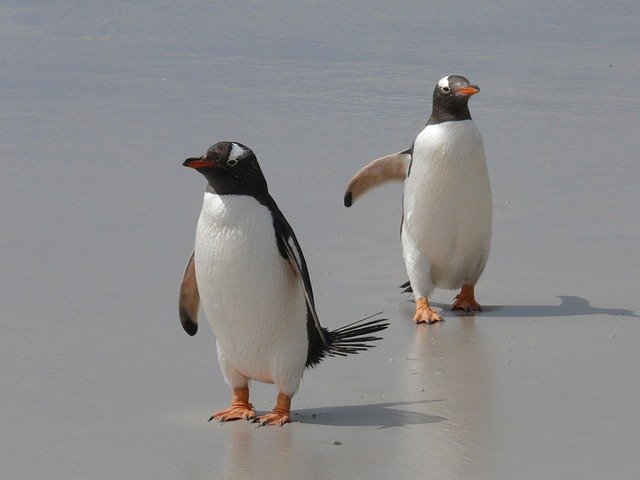
The Social Lives of Penguins: Navigating Relationships in the Harshest Environments
Penguins are often seen as charming, waddling birds, but beneath their endearing exterior lies a complex social structure that enables them to thrive in some of the harshest environments on Earth. From the icy landscapes of Antarctica to the rocky shores of the Southern Hemisphere, these fascinating creatures have developed intricate social behaviors that are essential for their survival. In this post, we will explore the social lives of penguins, highlighting their relationships, communication methods, and the challenges they face.
Social Structure
Penguins are highly social animals that typically live in large colonies, sometimes numbering in the thousands. These colonies provide several advantages:
- Protection from Predators: Living in large groups helps penguins reduce the risk of predation. The sheer number of individuals makes it difficult for predators to target a single bird.
- Temperature Regulation: In frigid environments, huddling together helps conserve body heat, allowing penguins to survive extreme cold.
Pair Bonds and Parenting
Many penguin species are monogamous, forming strong pair bonds that can last for several breeding seasons or even a lifetime. These bonds are crucial for raising their young. For example:
- Emperor Penguins: After a lengthy courtship, Emperor penguins engage in a unique breeding cycle where the male incubates the egg on his feet, keeping it warm while the female hunts for food. This cooperation is vital for the survival of their chick.
- Adélie Penguins: These penguins also form strong pair bonds, with both parents taking turns incubating the eggs and feeding the chicks after they hatch.
Communication
Penguins have developed a rich repertoire of vocalizations and body language to communicate with one another. This is especially important in crowded colonies where individuals must recognize their mates and chicks among hundreds of others.
Vocalizations
- Calls: Each species has distinct calls that convey different meanings, such as mating calls, alarm calls, or signaling distress.
- Chick Recognition: Parents can recognize their chicks' calls, allowing them to locate their young in the bustling colony.
Body Language
- Posturing: Penguins use body language to establish dominance or submission within their social hierarchy. For example, puffing up their chest or bowing can signal aggression or submission.
- Preening: Social grooming helps strengthen bonds between individuals, promoting social cohesion within the colony.
Challenges in the Harsh Environment
Despite their social strengths, penguins face numerous challenges in their harsh environments, including:
- Climate Change: Warming temperatures and melting ice disrupt breeding grounds and food availability, putting pressure on penguin populations.
- Predation: While living in colonies offers some protection, penguins are still vulnerable to predators like seals and seabirds.
- Food Scarcity: Overfishing and changes in ocean currents can lead to food shortages, making it difficult for penguins to find enough to eat.
Conclusion
The social lives of penguins are a testament to their resilience and adaptability in the face of harsh environmental conditions. Their complex relationships, communication methods, and cooperative parenting strategies are essential for their survival. As we continue to study and understand these remarkable birds, it becomes increasingly important to protect their habitats and ensure their future in a rapidly changing world.
By appreciating the social dynamics of penguins, we gain insight into the intricate balance of life in one of Earth's most extreme environments. Let's continue to advocate for the conservation of these incredible creatures and their habitats.
